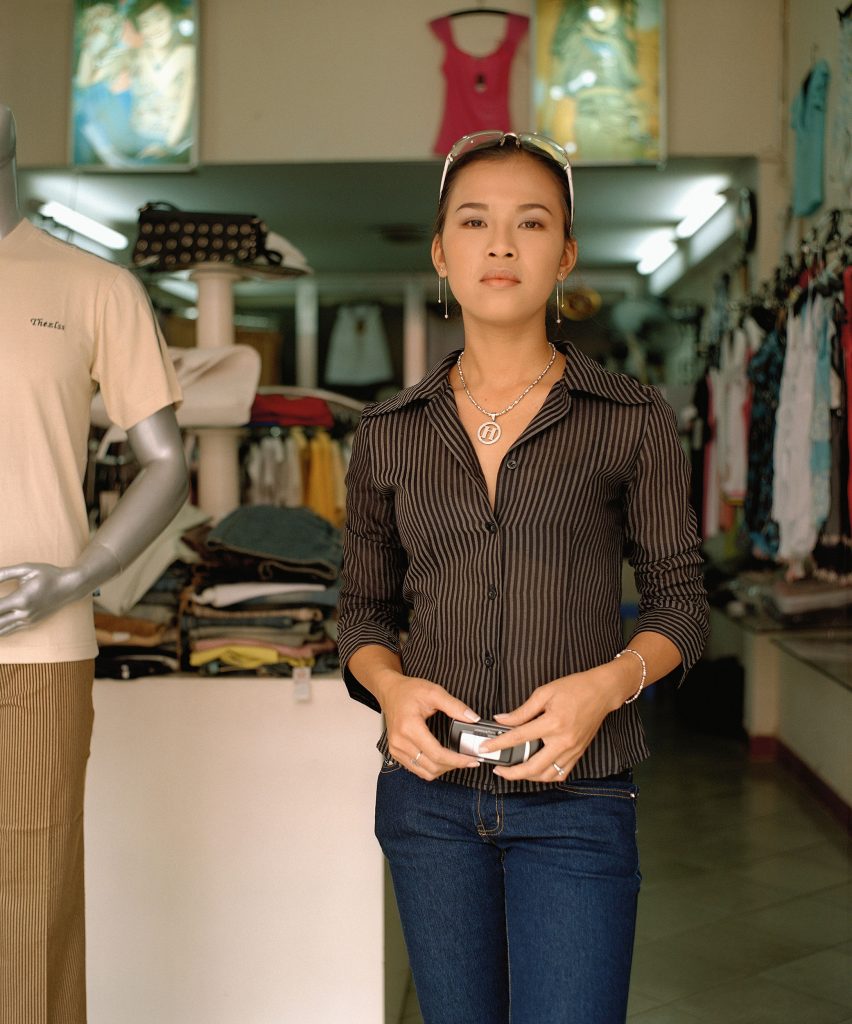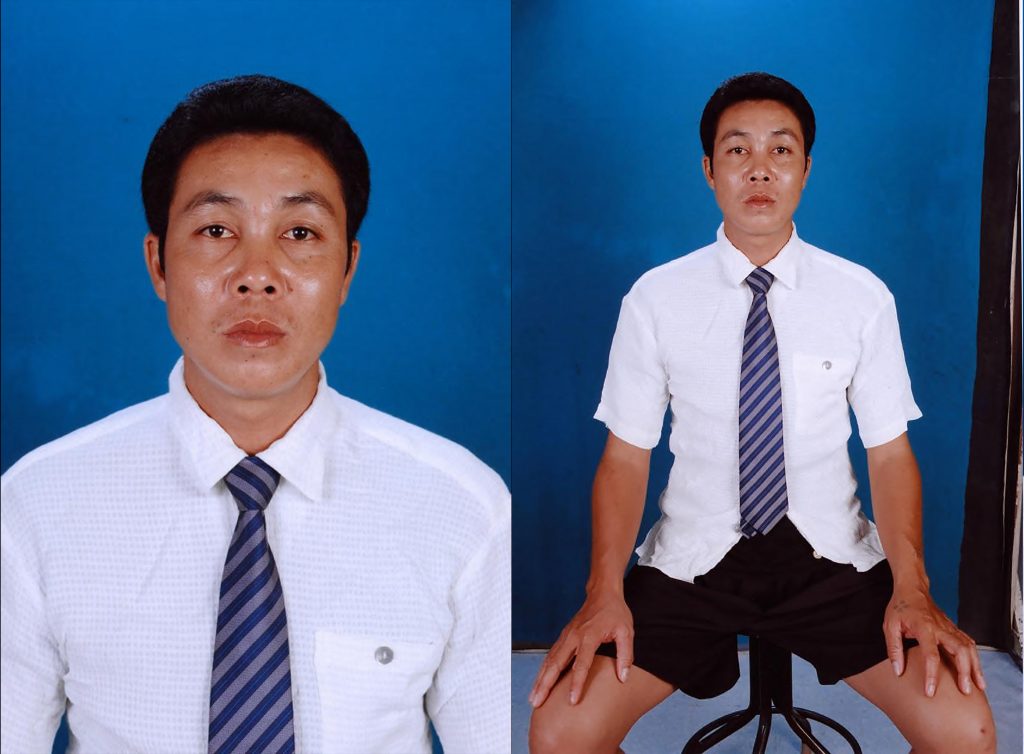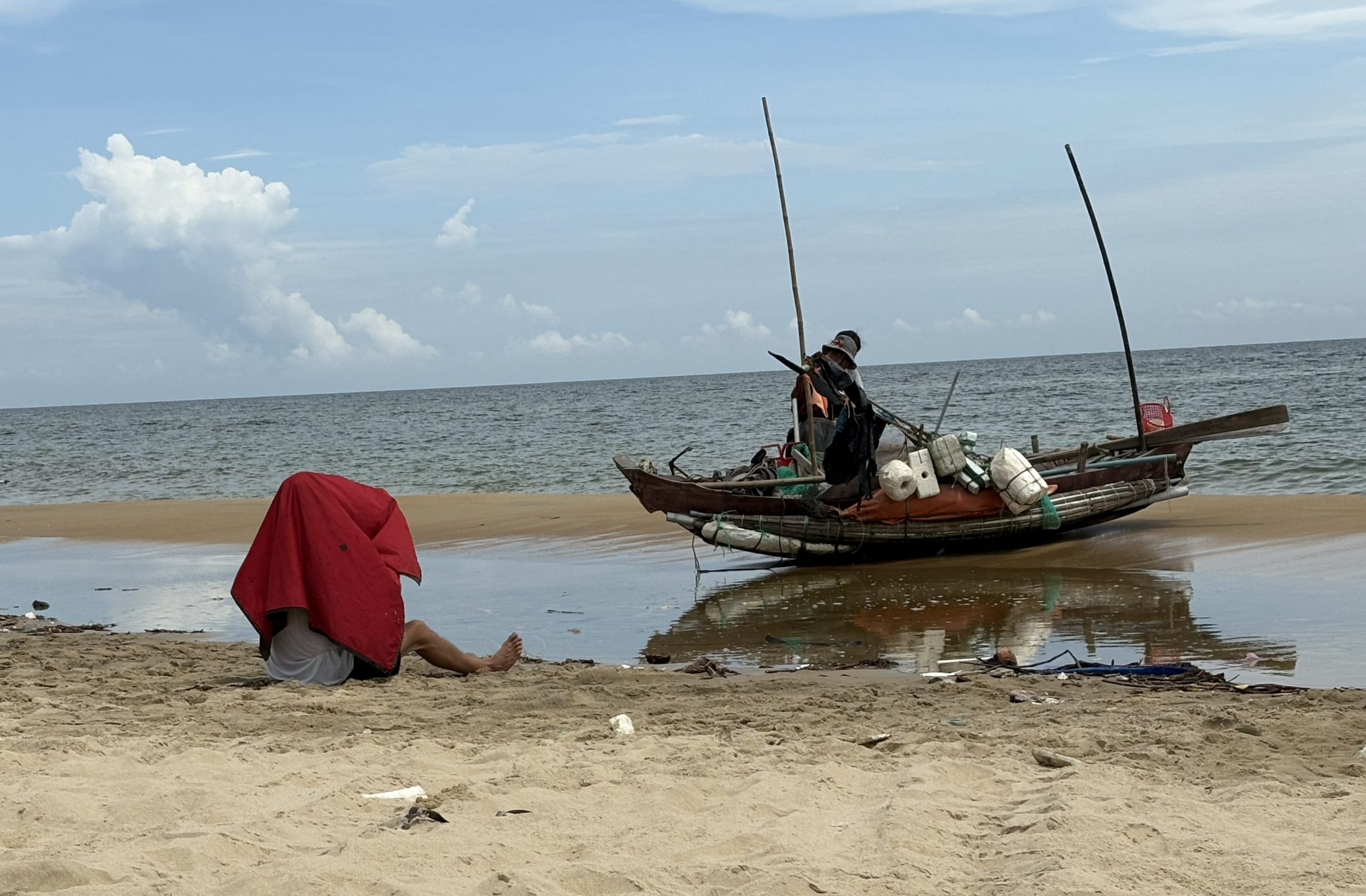The college – level photography training program in Ho Chi Minh City was born out of a cultural cooperation between Vietnam and France in 1998. The idea first took shape during a work trip to France, organized as part of a Vietnamese cultural showcase at the L’Espace photographique de Paris (now the Maison Européenne de la Photographie – MEP). On that trip, as Vietnam’s representative, I had the chance to meet French partners and put forward the idea of a joint project in photography education. From those conversations, an official partnership was established between the Ho Chi Minh City College of Culture and Arts and the Ho Chi Minh City College of Stage Performance and Cinematics, with academic support from the École Nationale Supérieure de la Photographie (ENSP, Arles) and backing from the Department for Cooperation and Cultural Action (SCAC) of the Consulate General of France in Ho Chi Minh City.
Before the first official course was launched (1998–2001), a one-week pedagogical workshop was held by IDECAF and the Ho Chi Minh City Photography Association, bringing together about 20 seasoned photographers. Yet, when it came to contemporary theories and aesthetics of photography, many of the ideas felt unfamiliar and difficult to absorb. The discussions often circled back to fundamentals – questions about lighting, composition, and what truly makes a “good” photograph. Even so, the first formal program soon began, enrolling around 30 students, most of them practicing photographers eager to refine their craft and explore new directions in contemporary photography. The three-year curriculum blended theory with practice, anchored by intensive two- to three-week teaching sessions each year, led directly by faculty from ENSP.
The academic support had the participation of many leading experts and lecturers from ENSP as well as other prestigious French art institutions. Among them were Alain Leloup, former Director of ENSP; Christian Milovanoff, a renowned photographer and senior lecturer; Clément Chéroux, now Chief Curator of Photography at MoMA; François Cheval, former Director of the Nicéphore-Niépce Museum; along with artists and researchers such as Serge Challon, Jean-Luc Fournier, Patrick Talbot, and Philip Blenkinsop. On the Vietnamese side, local photographers led the practical training, helping students build their skills while staying connected to the realities of working in Vietnam.
Through the program, students were introduced to advanced theories and major movements in photography, from modernism and postmodernism to fine art and documentary work. They also learned new ways of looking at images—how to read both their literal and symbolic meanings, and how to understand the deeper significance of photographic works. Influential texts such as The photograph as contemporary art by Charlotte Cotton and Criticizing photographs by Terry Barrett, together with landmark photographic series like People of the 20th Century by August Sander and Typologies by Bernd & Hilla Becher, became core study materials that shaped the curriculum.
After graduation, many students pursued independent creative paths grounded in strong technical and critical foundations, distancing themselves from the conventional practices of state-run photography associations. Several went on to build notable careers as artists, lecturers, curators, photojournalists, and theorists.
Bùi Thế Trung Nam continued his studies at ENSP and gained recognition with projects such as In the south of Cholon (2006). Ngô Đình Trúc became an influential theorist and contributed greatly to the field by translating Terry Barrett’s Criticizing photographs: An introduction to understanding images, a key reference for students and researchers alike. Đào Ngọc Thạch joined Thanh Niên newspaper as a photojournalist right after graduation and has remained committed to press photography ever since. Lê Nguyễn Duy Phương pursued an artistic path, exhibiting widely both at home and abroad, and now serves as one of the curators of the Photo Hanoi biennale. After a period of study at the Musée Nicéphore Niépce in France, Lê Minh Thông returned to Ho Chi Minh City to run his own fashion studio. Bùi Hữu Phước developed a minimalist portrait studio inspired by the style of Thomas Ruff. As for myself, together with Bùi Xuân Huy, I turned toward the study of photographic theory and history while also developing training programs to nurture visual thinking in younger generations.


In the South of Cholon (2006) by Bùi Thế Trung Nam and the ID Card Series (2004) by Bùi Hữu Phước are just two of the many notable projects created by alumni of the program. Both have been referenced by international art researchers in many discussions of visual art practices in Vietnam in the early 21st century. These works stood out for their distinctive aesthetics, technical rigor, and fresh approaches to subject matter, setting them apart from the dominant photography trends of the time. Instead of following the familiar themes promoted by state photography associations, such as glorifying the beauty of the people or the nation, they pursued long-term projects that turned their lens toward overlooked spaces and everyday life, thereby expanding the conversation around contemporary society.
Beyond education, the collaboration also reached into the wider community through seminars and thematic talks held at venues such as IDECAF, the Goethe-Institut, and independent galleries. These events opened up space for dialogue, drawing in photography enthusiasts as well as the general public, and creating opportunities to reflect on the influence of visual culture and the role of photography in contemporary society.
After 2009, the collaborative photography education program between Vietnam and France came to a halt, largely due to shifts in policy and personnel. In Ho Chi Minh City, many of the cultural leaders who had strongly supported the project gradually retired, while the team at Department for Cooperation and Cultural Action (SCAC) of the French Consulate General finished their terms without leaving a clear handover. At the same time, France adjusted its foreign cultural policy, including the restructuring of AFAA – the predecessor of today’s Institut français – which directly affected the resources available for the program. On the local side, some conservative voices questioned whether ENSP’s teaching methods truly offered anything new compared to domestic programs, which weakened the push to keep the collaboration going. Even so, the program’s legacy remains strong: it encouraged critical thinking in photography, developed a foundation for visual analysis, and trained a generation of artists, lecturers, and researchers who continue to shape the face of contemporary Vietnamese photography today.
The collaborative education model between Vietnam and France was more than just vocational training – it was a journey that broadened artistic perspectives, nurtured creativity, and opened dialogue between cultures. Though the program is no longer active, it still stands as living proof of the power of cross – border art education — a tool for sustainable development that leaves lasting benefits for both individuals and society.
WRITER
NGUYỄN XUÂN KHÁNH





